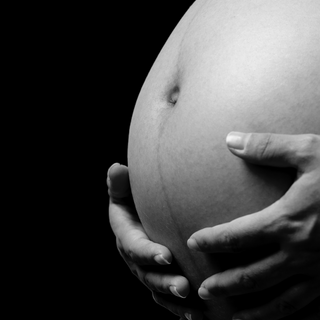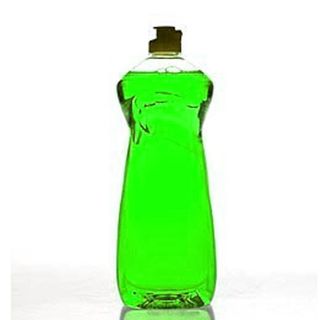
No Food Has Ever Been Proven to Be an Aphrodisiac
An oyster just accidentally looks like labia.

Humanity has spent much of its time in pursuit of food that will magically boost sex drive. But, what does science have to say about their effectiveness? Is there any proof behind the power of edible aphrodisiacs? Turns out, not yet.
A brief history of the aphrodisiac
Many of the myths around aphrodisiacs originate with an ancient Greek physician named Galen, who advised that foods that are warm and moist or cause flatulence, are good for the libido. “‘To make the penis erect’ one should ‘anoint [it] with honey before sex’ or ‘put arugula seed in honey and drink [it],'” writes Candida Moss for The Daily Beast, quoting Galen’s work.
Spices, many of which came from India, like black pepper and chili powder, were also important to edible aphrodisiac concoctions.
India’s own history is also full of edible aphrodisiacs, thanks to the Kama Sutra, which lists everything from milk, to saffron, to asparagus, to methi, to nutmeg, as sex drive-inspiring foods. Some are supposed to be relaxing; others are supposed to increase virility; others are thought to boost sex hormones; and still others are considered to be ‘hot’ or stimulating. In this, India is fairly unique; while in the West, many foods and spices gained a reputation for sexiness because they originated from exotic locales, India’s historical aphrodisiacs are homegrown.
And around the world, the more a food item resembles genitalia, the more likely it is to be considered an aphrodisiac: oysters, which resemble labia, and pears, which resemble the shape of a woman’s body, have all been considered aphrodisiacs at some point; and phallic food items like eels and carrots, and ball-shaped foods like onions, have also been known as aphrodisiacs.
A brief history of zero-proof
No scientific study has ever proved the power of food to act on our sex drives. Researchers in the 1980s thought they had come close with chocolate, considered an aphrodisiac since the time of the Aztecs. Chocolate contains phenylethylamine (PEA), which occurs naturally in the brain to stimulate the nervous system and arouse emotion. But as it turns out, the body can’t absorb PEA from chocolate in amounts significant enough to affect our feelings. Other, more recent studies have continued to fail to find a link between chocolate and libido.
However, while there is no proof of any food, in the amount one would eat in a sitting, stimulating sex drive, research does suggest regular consumption of high amounts of certain herbs and foods — essentially, dietary supplements — may influence libido. Among these supplements are maca, methi (fenugreek), ginkgo biloba, red ginseng, saffron, and pistachios. Turns out, the Kama Sutra wasn’t far off.
But not all hope is lost for the seductive candlelit love-feast. While food has never been proven to affect sex drive, studies suggest the right scent can get people ‘in the mood.’ So light that aromatherapy candle, cook whatever food you like — and play on.
Liesl Goecker is The Swaddle's managing editor.
Related


Untrending: Teeth Whitening Is Safe, Effective — if Done Properly
